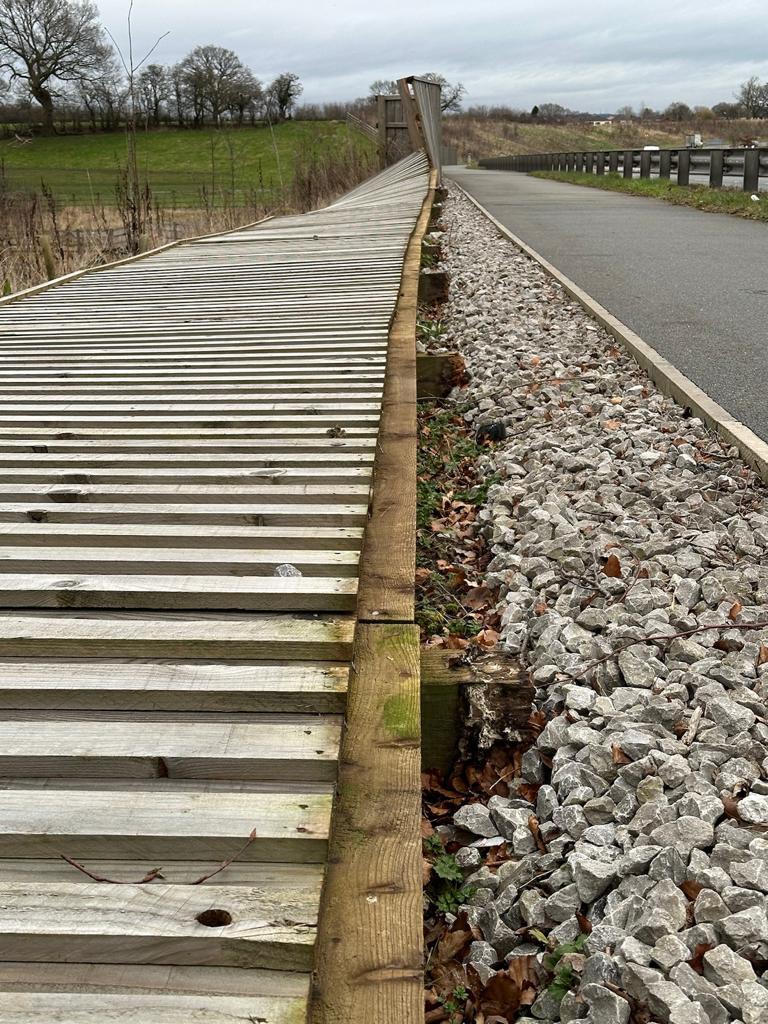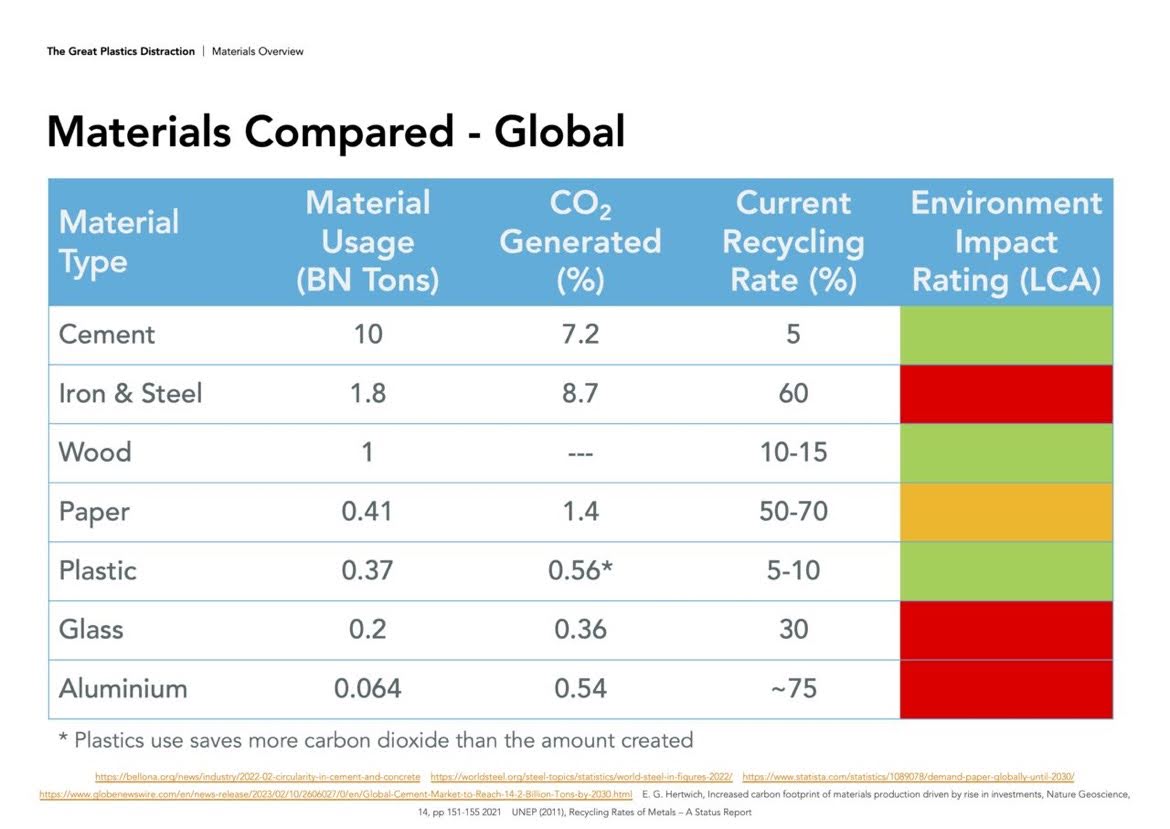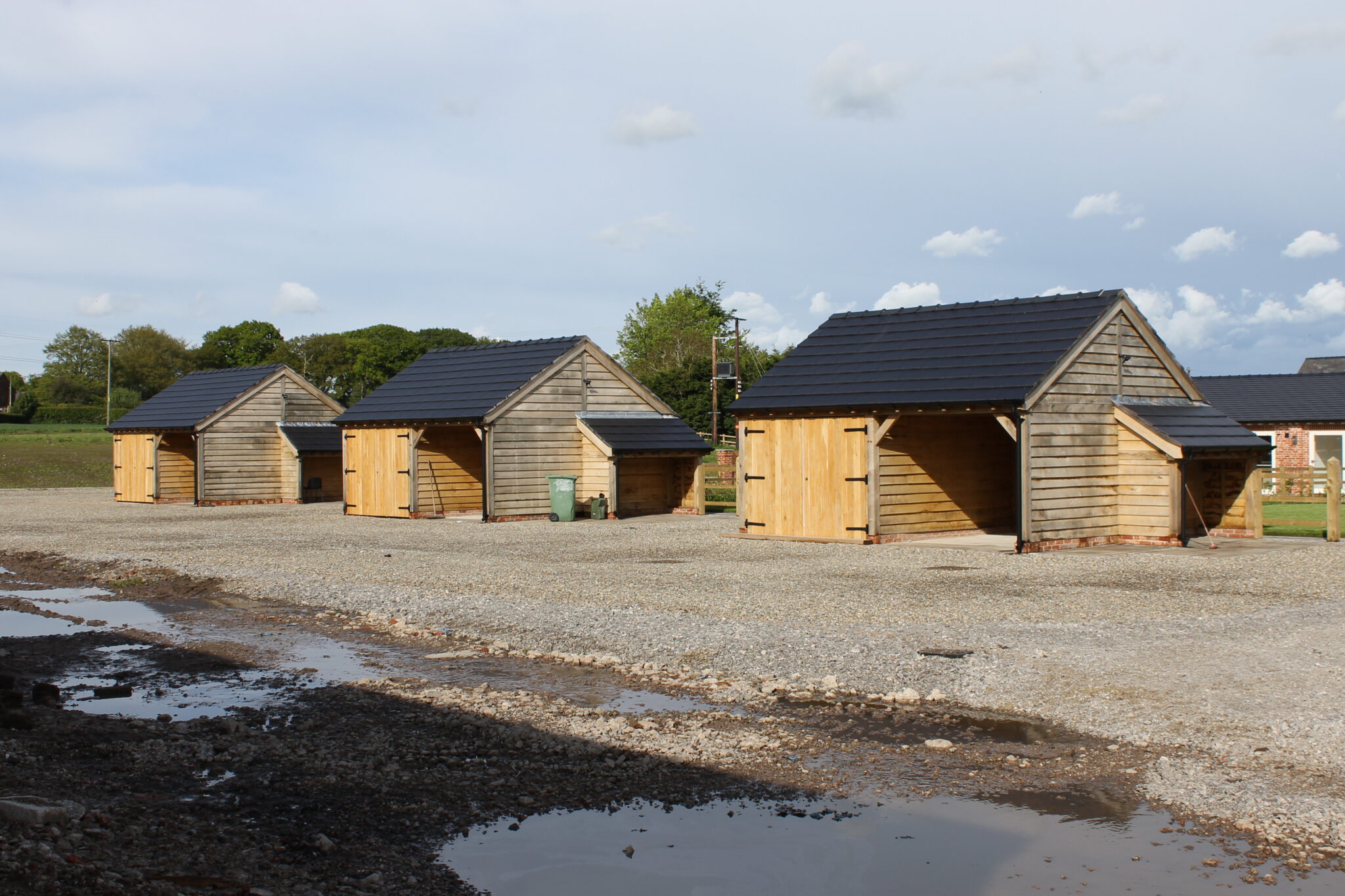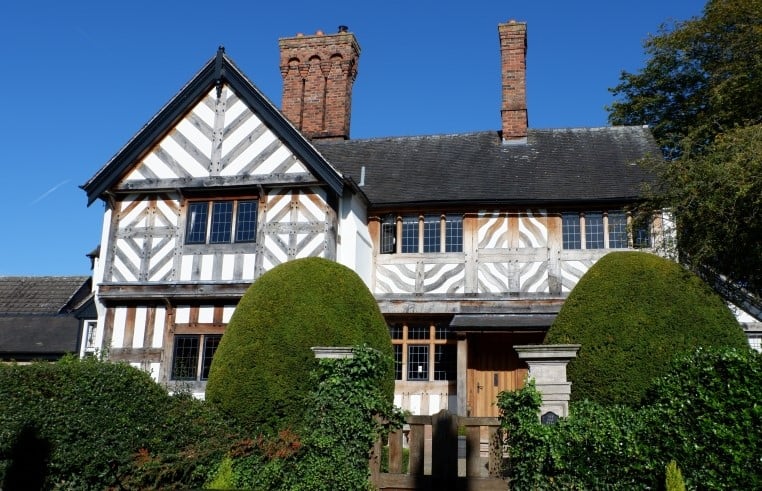For decades, pressure-treated timber has been a popular choice for outdoor construction projects due to its durability and resistance to decay and insect damage. However, in recent years, concerns have been raised about the quality and environmental impact of pressure-treated wood. This blog post aims to shed light on why pressure-treated timber is not as good as it used to be and explore some of the issues associated with its usage.
- Environmental concerns:
One of the primary reasons pressure-treated timber has fallen out of favor is its environmental impact. Traditional pressure-treated wood was treated with chromated copper arsenate (CCA), a preservative containing arsenic, copper, and chromium. While CCA-treated wood offered excellent protection against decay and insects, it posed risks to human health and the environment. The leaching of arsenic from CCA-treated wood into the soil and water raised concerns about its impact on ecosystems and long-term human exposure. As a result, the use of CCA-treated wood has been largely phased out or restricted in many countries.
- Shift to alternative preservatives:
To address the environmental concerns surrounding CCA-treated wood, alternative preservatives have been introduced. However, these replacements have not always lived up to the same level of effectiveness. Newer preservatives, such as alkaline copper quat (ACQ) and copper azole (CA-B), while considered less toxic, do not offer the same level of protection against decay and insect damage as CCA-treated wood did. This has resulted in pressure-treated timber that is not as durable as its predecessors.
- Reduced lifespan and maintenance requirements:
Pressure-treated timber that relies on alternative preservatives tends to have a shorter lifespan compared to CCA-treated wood. This reduced durability requires more frequent maintenance and replacement, which can be inconvenient and costly for homeowners and builders. The need for regular reapplication of sealants and coatings to protect against weathering and decay further adds to the ongoing maintenance requirements, making pressure-treated timber less appealing.
- Limited efficacy in certain applications:
Another drawback of modern pressure-treated timber is its limited efficacy in certain applications. The new preservatives may not be suitable for certain environments, such as marine or high-moisture areas, where CCA-treated wood once excelled. As a result, builders and contractors must seek alternative materials or employ additional protective measures, adding complexity and cost to projects.
- Environmental responsibility and sustainability:
In an era focused on sustainability and environmental responsibility, pressure-treated timber has fallen short. The reliance on chemical treatments, the potential for toxic leaching, and the increased need for maintenance contribute to the negative environmental impact. As a result, many individuals and organizations are turning towards alternative materials, such as naturally durable woods like cedar or composite materials made from recycled plastics and wood fibers.




